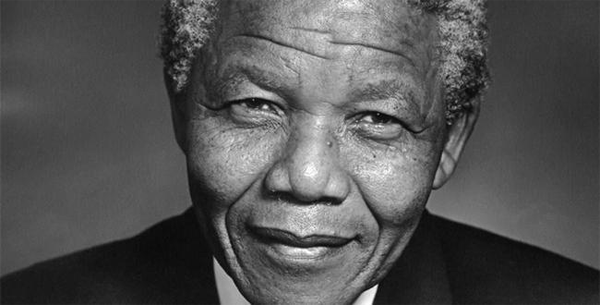This resource is great for:
Challenging your pupils to think about freedom and what it means to them and others.
Summary:
Fun group and pair activities exploring the concept of freedom in an accessible way.
Download this resource:
Exploring Freedom – PDF version
Exploring Freedom – Word doc
Introduction
This year the Edinburgh International Book Festival is challenging audiences to consider the concept of Freedom, both for themselves, and for others in society and around the world.
There are lots of events in our Baillie Gifford Schools Programme exploring this theme including Brian Conaghan’s powerful new novel The Weight of a Thousand Feathers, William Sutcliffe with an exploration of our surveillance society, American author Jason Reynolds looking at gang culture in Long Way Down and Julia Green and Elizabeth Laird’s exciting stories of young protagonists exploring our natural world.
Julia and Elizabeth’s event, which can be found on p21 of the brochure, was chosen by Codename F, our Year of Young People young co-programmers who have curated a strand of events across the schools and public programmes exploring the theme of Freedom.
Whether you’re planning to attend one of these events or not, you can get your pupils thinking about freedom using the activities below.
Activities
Part One – What’s in a word?
Make prompt cards which each feature one word related to freedom: home, identity, protest, speech, religion, prison, expression, boy, girl, hope…
You can choose anything you like, relate them to particular topics you want to focus on, or edit according to the level of your pupils.
Divide pupils into pairs and get each pair to choose a card. One pupil should read aloud the word, then the second pupil should respond with a word they relate to the first word, then pupil one responds, and so on.
For example, you could have an exchange such as the following:
Pupil 1: Prison
Pupil 2: Captivity
Pupil 1: Bars
Pupil 2: Break
Pupil 1: Escape
This is a great, quick activity to warm up brains and get pupils thinking about freedom. They may go completely off-topic but that’s OK too. If they get stuck, they can choose a new card and start again.
Alternatively…
Give each pupil a piece of paper. Read one of the words on the cards to the whole class and ask them to write down as many words that they associate with that word as they can in 30 seconds. You could do this a few times using different words.
Then, compare your pupils’ answers. How many came up with similar words? Are any of the answers surprising?
Part Two – Freedom around the world
Now get your pupils thinking about what freedom might mean to other people around the world, and throughout history. Print out a picture and brief description of some historical or celebrity figures, which you think might prompt discussion. We chose Malala, Nelson Mandela, Courtney Act and a suffragette, but again you can edit this to suit themes, ages and stages.
Break the pupils into small groups and assign each group to a picture (or ask them to choose).
Ask the pupils to:
- Talk about the figure. Do they recognise them? What do they know about them? (They can use the brief description to help if they don’t recognise them.)
- Think about what freedom might mean to that figure. Why might it be particularly important to them? Have they had their freedoms curtailed in any way, or do they seem relatively free?
- Once they’ve discussed their ideas within their groups, pupils can present their ideas to the rest of the class.
Further information
Explore all of the events in our Baillie Gifford Schools Programme by downloading a copy of the brochure.
To find out how to book tickets for your school, visit our How To Book page.
